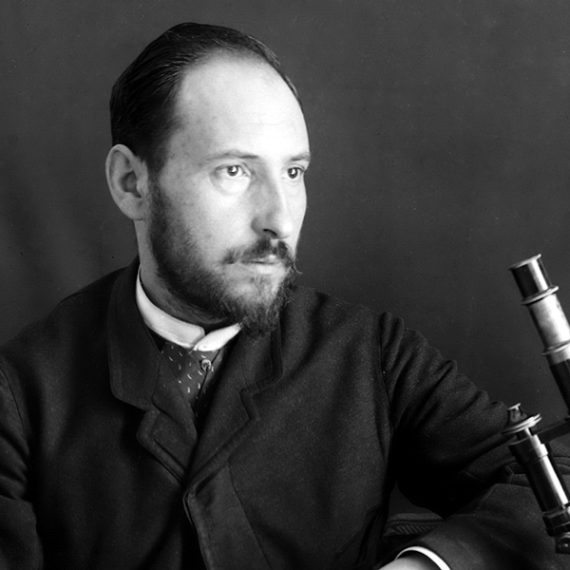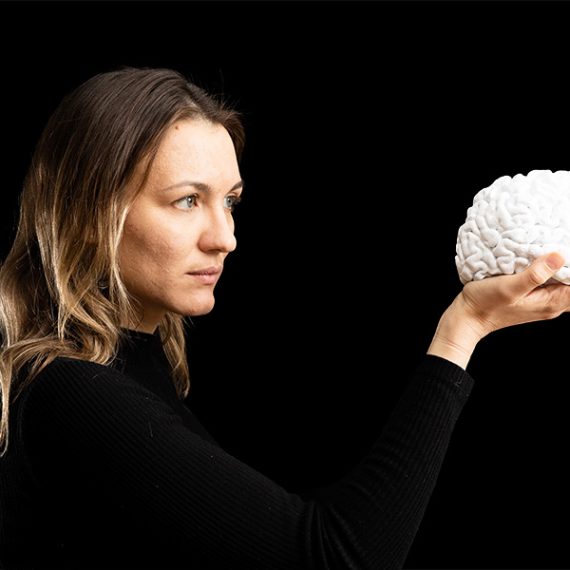Are eyes the window to the soul?
How a small glance towards an object is linked to covert attention.

Covert attention has been defined as shifting attention without shifting the eyes. The notion that we can internally pay attention to an object in a scene without making eye movements to it has been a cornerstone of the fields of psychology and cognitive neuroscience, which attempt to understand mental phenomena that are purely internal to the mind, divorced from movements of the eyes or limbs. A study from the McGovern Institute for Brain Research at MIT now questions the dissociation of eye movements from attention in this context, finding that microsaccades precede modulation of specific brain regions associated with attention. In other words, a small shift of the eyes is linked to covert attention, after all.
Seeing the world through human eyes, which have a focused, high-acuity center to the field of vision, requires saccades (rapid movements of the eyes that move between points of fixation). Saccades help to piece together important information in an overall scene and are closely linked to attention shifts, at least in the case of overt attention. In the case of covert attention, the view has been different since this type of attention can shift while the gaze is fixed. Microsaccades are tiny movements of the eyes that are made when subjects maintain fixation on an object.
“Microsaccades are typically so small, that they are ignored by many researchers.” says Robert Desimone, director of MIT’s McGovern Institute for Brain Research and lead author on the study. “We went in and tested what they might represent by linking them to attentional firing in particular brain regions.”
In the study from Desimone and his team, the authors used an infrared eye-tracking system to follow microsaccades in awake macaques. The authors monitored activity in cortical regions of the brain linked to visual attention, including area V4. The authors saw increased neuronal firing in V4, but only when preceded by a microsaccade toward the attended stimulus. This effect on neuronal activity vanished when a microsaccade was directed away from the stimulus. The authors also saw increased firing in the inferior temporal (IT) cortex after a microsaccade, and even found that attention to an object amongst a ‘clutter’ of different visual objects, finding that attention to a specific object in the group was preceded by a microsaccade.
“I expected some links between microsaccades and covert attention,” says lead author of the study Eric Lowet, now a postdoctoral fellow at Boston University. “However, the magnitude of the effect and the precise link to microsaccade onset was surprising to me and the lab. Furthermore, to see these effects also in the IT cortex, which has large receptive fields and is involved in higher-order visual cognition, was striking”.
Why was this strong effect previously missed? The separation of eye movement and attention is so core to the concept of covert attention, that studies often actively seek to separate the visual stimulus by directing attention to a target outside the receptive field of vision, while the subject’s gaze is maintained on a fixation stimulus. The authors are the first to directly test microsaccades toward and away from an attended stimulus, and it was this set up, and the difference in neuronal firing upon separating these eye movements, that allowed them to draw the conclusions made.
“When we first separated attention effects on V4 firing rates by the direction of the microsaccade relative to the attended stimulus,” Lowet explains, “I realized this analysis was a game changer.”
The study suggests several future directions of study that are being pursued by the Desimone lab. Low frequency rhythmic (in the delta and theta range) sampling has been suggested as a possible explanation for attentional modulation. According to this idea, people sample visual scenes rhythmically, with an intrinsic sampling interval of about a quarter of a second.
“We do not know whether microsaccades and delta/theta rhythms have a common generator,” points out Karthik Srinivasan, a co-author on the study and a scientist at the McGovern Institute. “But if they do, what brain areas are the source of such a generator? Are the low frequency rhythms observed merely the frequency-analytic manifestation of microsaccades or are they linked?”
These are intriguing future steps for analysis that can be addressed in light of the current study which points to microsaccades as an important marker for visual attention and cognitive processes. Indeed, some of the previously hidden aspects of our cognition are revealed through our motor behavior after all.




